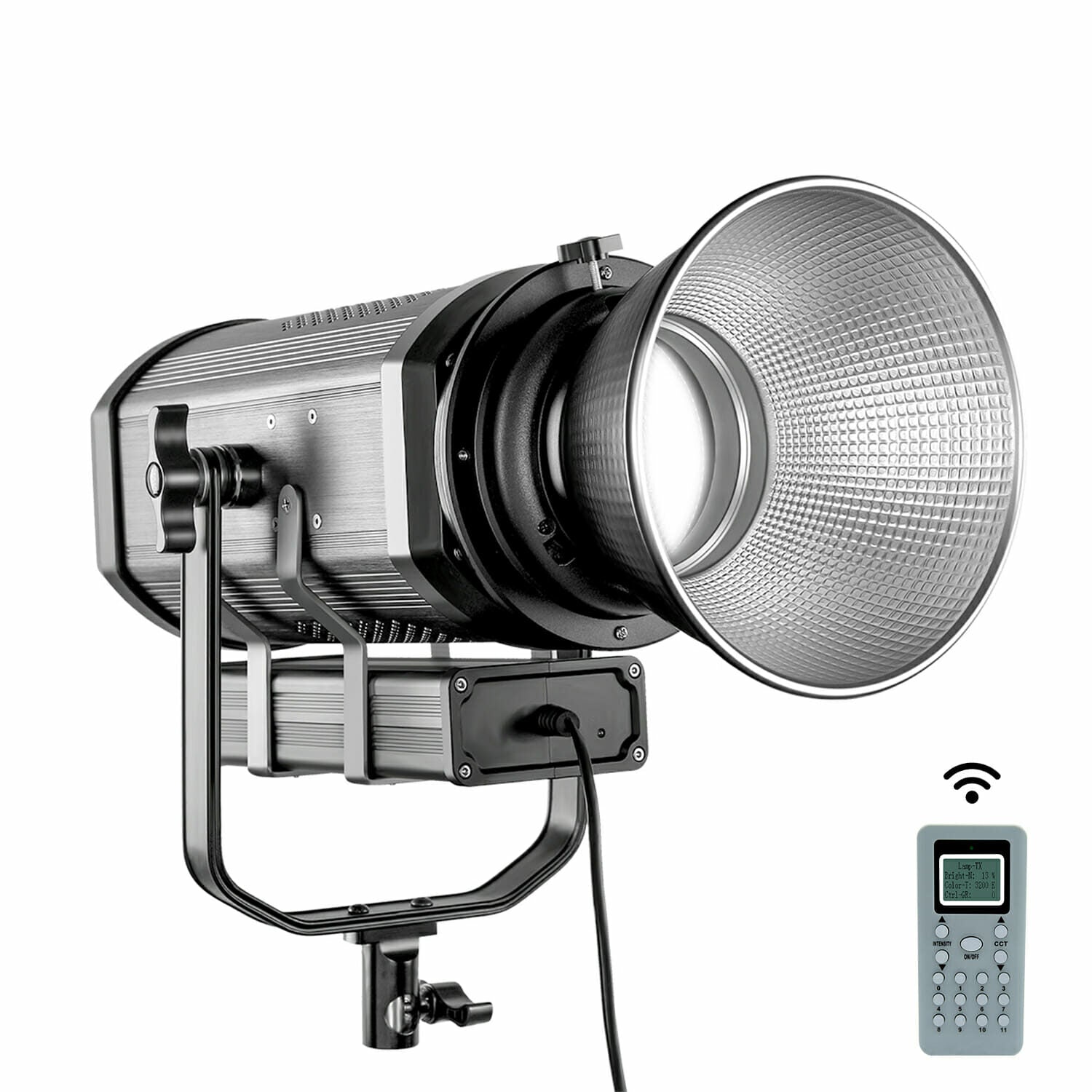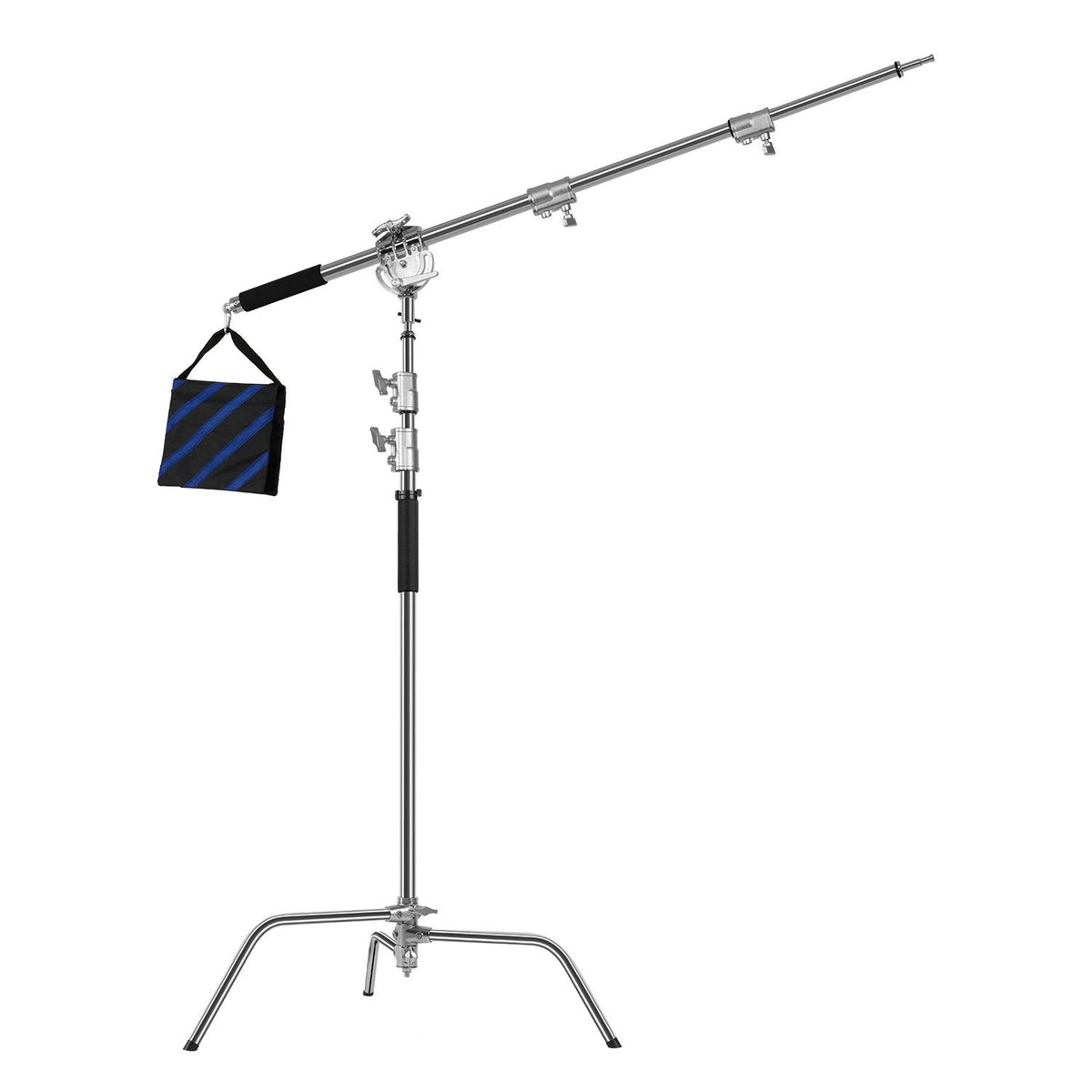How important is the angle of beam spread for a light?
Would softboxes and lanterns take care of all, or do I need to be specific in what i look for in the beam angle of a light?
GVM is having a christmas sale: https://gvmled.myshopify.com/collections/holiday-sale-2022
There this a BOGO deal and I'm considering these 150W daylight LED, two of them for $350.
The beam spread adjusts from "a tight 60 degrees to a wide 120 degrees"

 gvmled.myshopify.com
gvmled.myshopify.com
And they have a 300W BI-COLOR LED for $379

 gvmled.myshopify.com
gvmled.myshopify.com
Are there any opinions on this GVM brand of lights?
The other birghter lights I was considering were amaran 200D (250W), or a Godox VL300 or the apurture light storm 300x but the light storm is way more expensive.
This christmas sale from GVM seems pretty great, could get five lights (4x150W) for $1,100 and have a lot of options.
There are lantern attachments and softbox grid attachments for these things that you can buy, it seems pretty versatile.
That concludes my questions.
Since 2013 i've never owned a film light - only ever lit stuff using light bulbs and the sun. yikes.
It seems like first impressions are everything. and the look of your film is all people care about in a first impression.
Would softboxes and lanterns take care of all, or do I need to be specific in what i look for in the beam angle of a light?
GVM is having a christmas sale: https://gvmled.myshopify.com/collections/holiday-sale-2022
There this a BOGO deal and I'm considering these 150W daylight LED, two of them for $350.
The beam spread adjusts from "a tight 60 degrees to a wide 120 degrees"

GVM LS-150D 150W High Power LED Spotlight Daylight Kit
Employing the familiar, easy-to-use moonlight form factor, the LS-150D LED Daylight Video Light from GVM is a versatile light source with a daylight color temperature of 5600K that blends in seamlessly when shooting outdoors or in situations where daylight-balanced light fixtures are used. The...
 gvmled.myshopify.com
gvmled.myshopify.com
And they have a 300W BI-COLOR LED for $379

GVM-SD300D 300W Bi-Color LED Video Light High Power Monolight
Versatile Color Temperature Control The GVM SD300D offers a wider range of color temperatures than conventional spotlights, this extensive range gives you greater creative flexibility and allows for precise lighting adjustments to suit any shooting environment. Exceptional Color Accuracy With a...
 gvmled.myshopify.com
gvmled.myshopify.com
Are there any opinions on this GVM brand of lights?
The other birghter lights I was considering were amaran 200D (250W), or a Godox VL300 or the apurture light storm 300x but the light storm is way more expensive.
This christmas sale from GVM seems pretty great, could get five lights (4x150W) for $1,100 and have a lot of options.
There are lantern attachments and softbox grid attachments for these things that you can buy, it seems pretty versatile.
That concludes my questions.
Since 2013 i've never owned a film light - only ever lit stuff using light bulbs and the sun. yikes.
It seems like first impressions are everything. and the look of your film is all people care about in a first impression.
Last edited:



